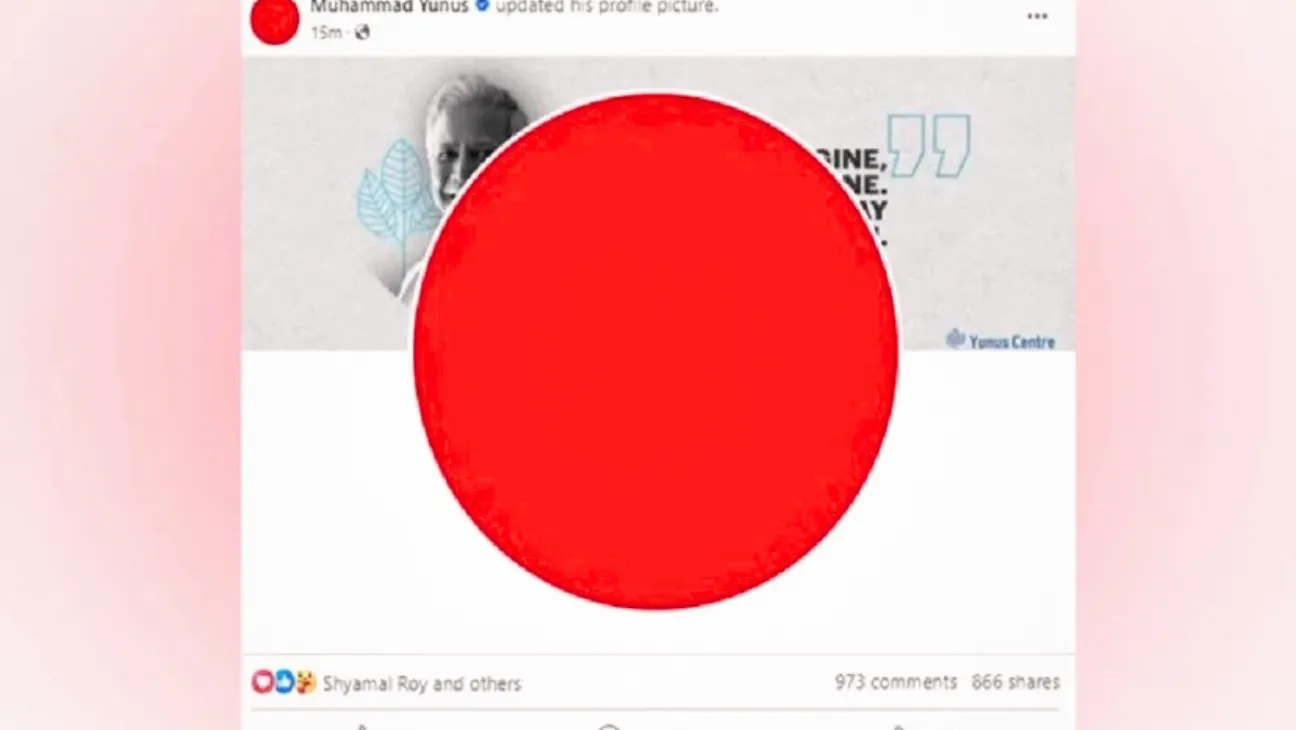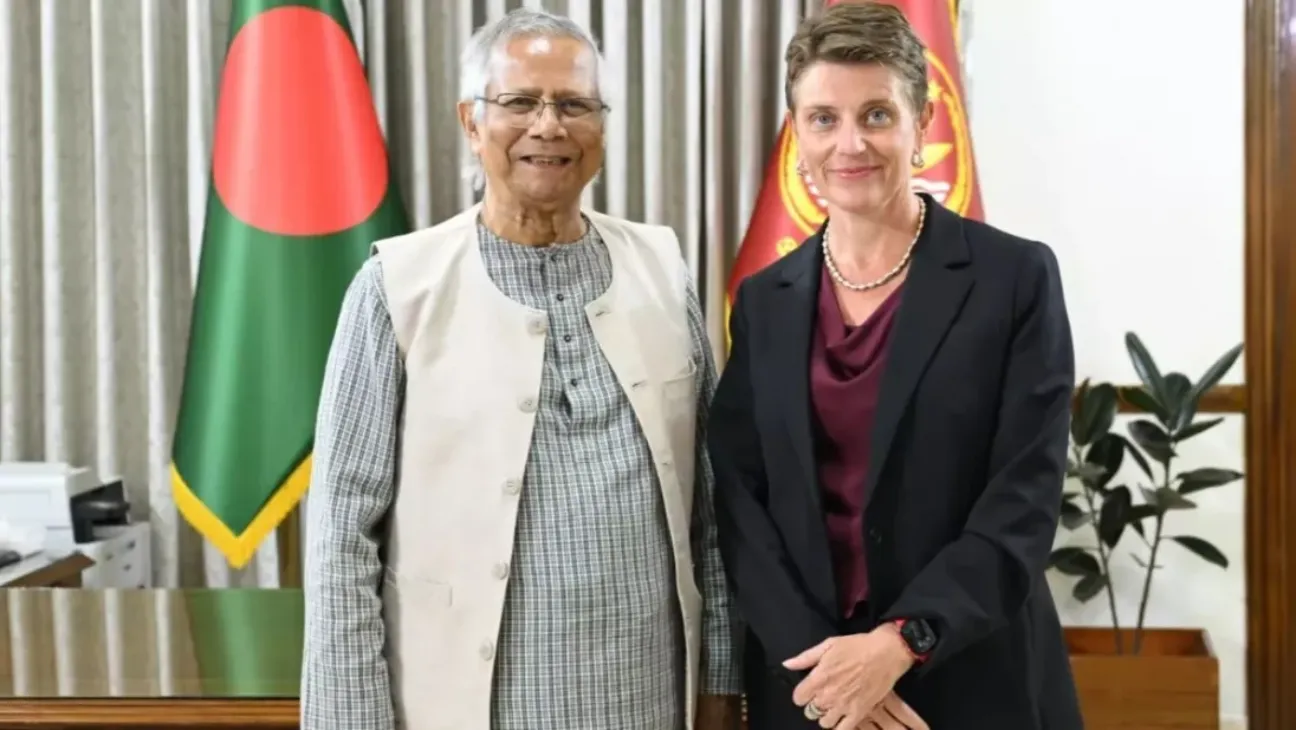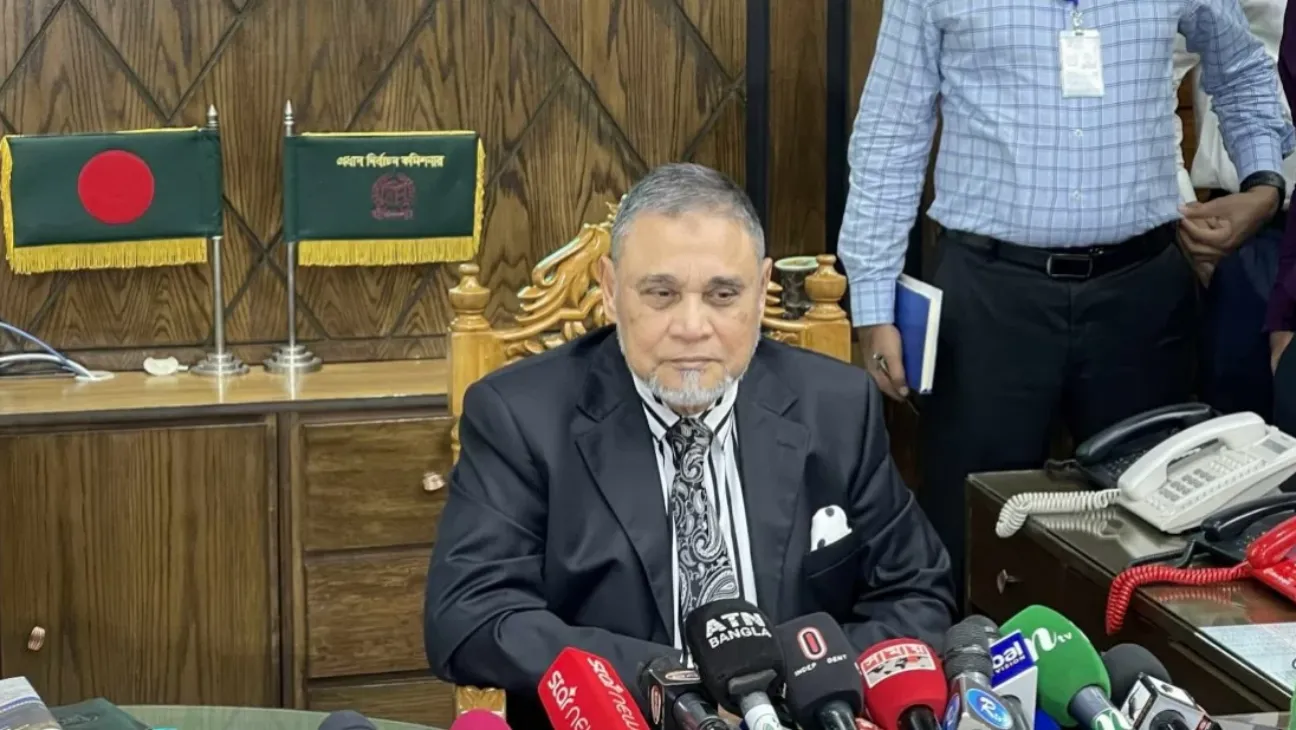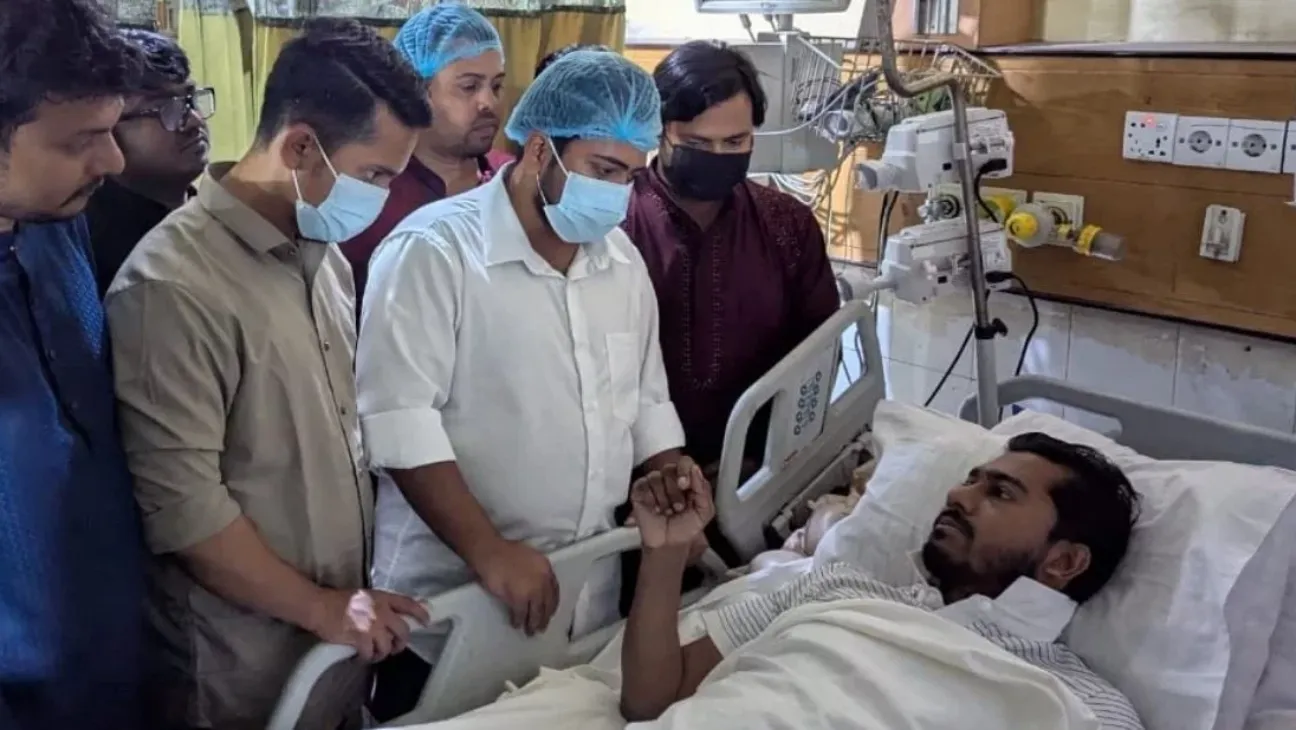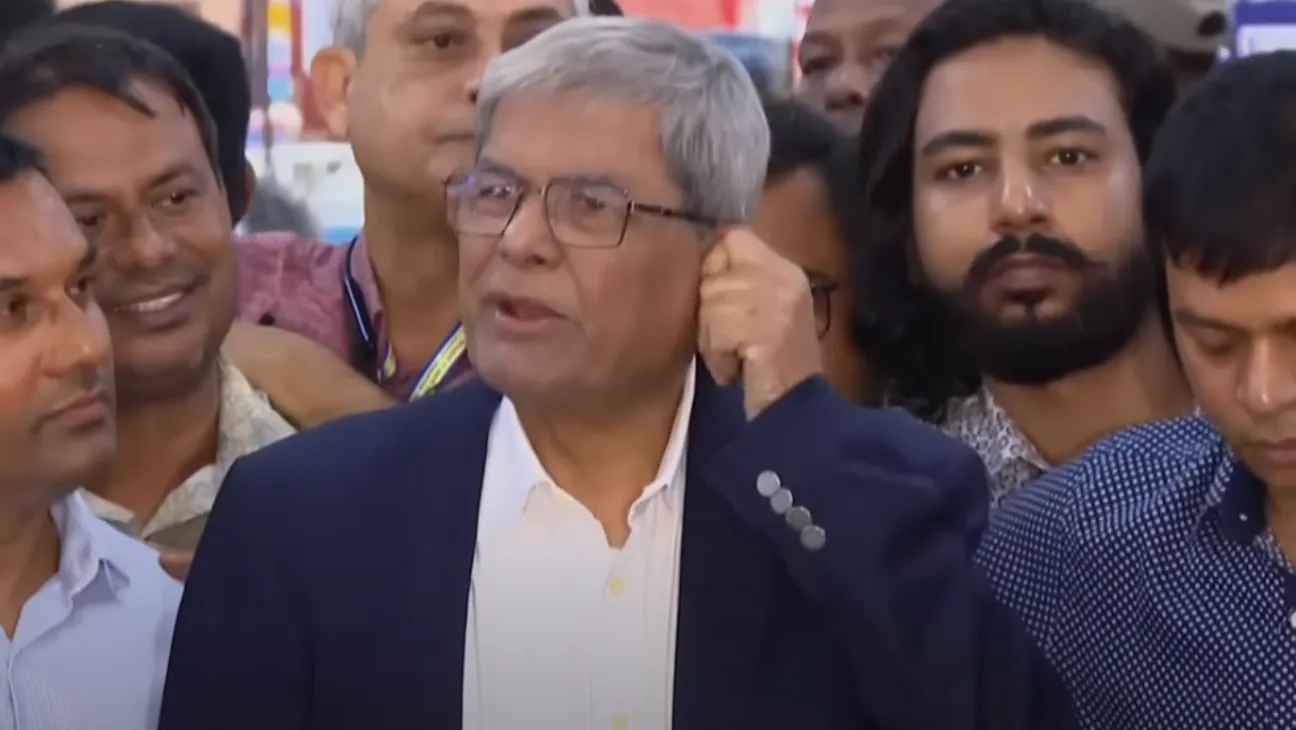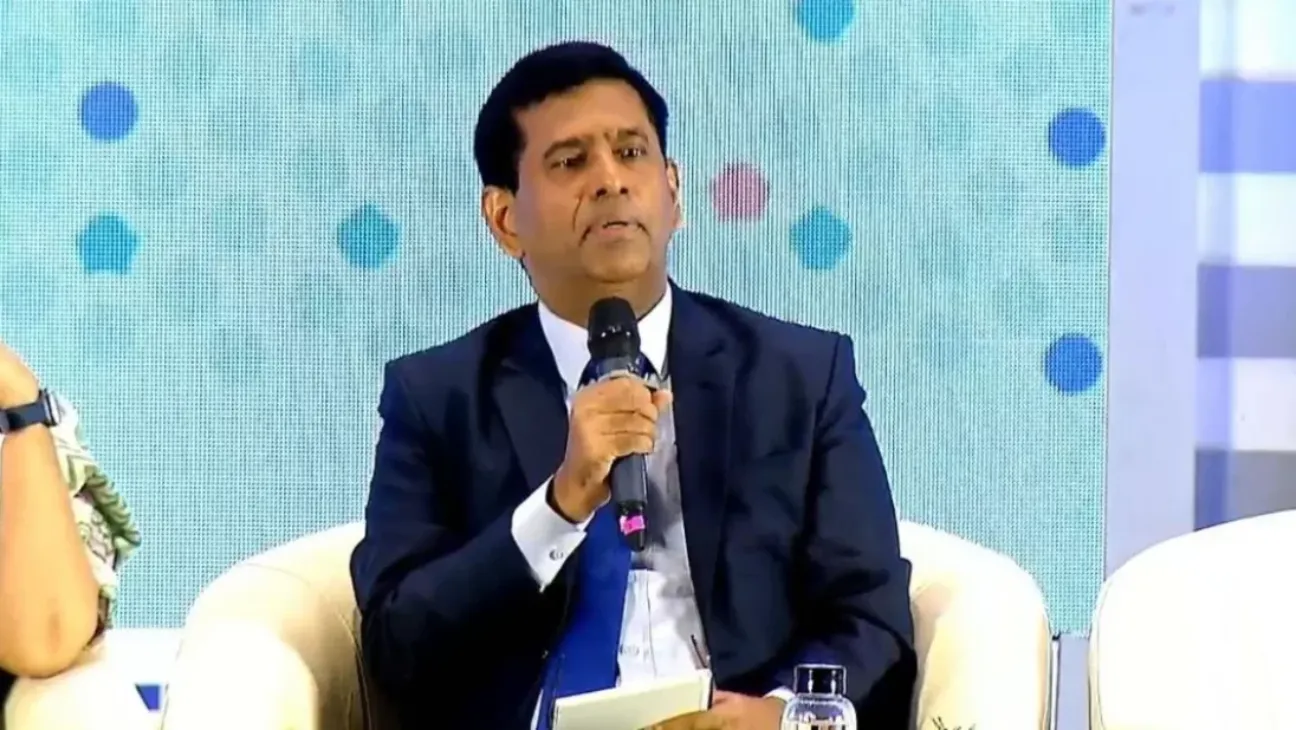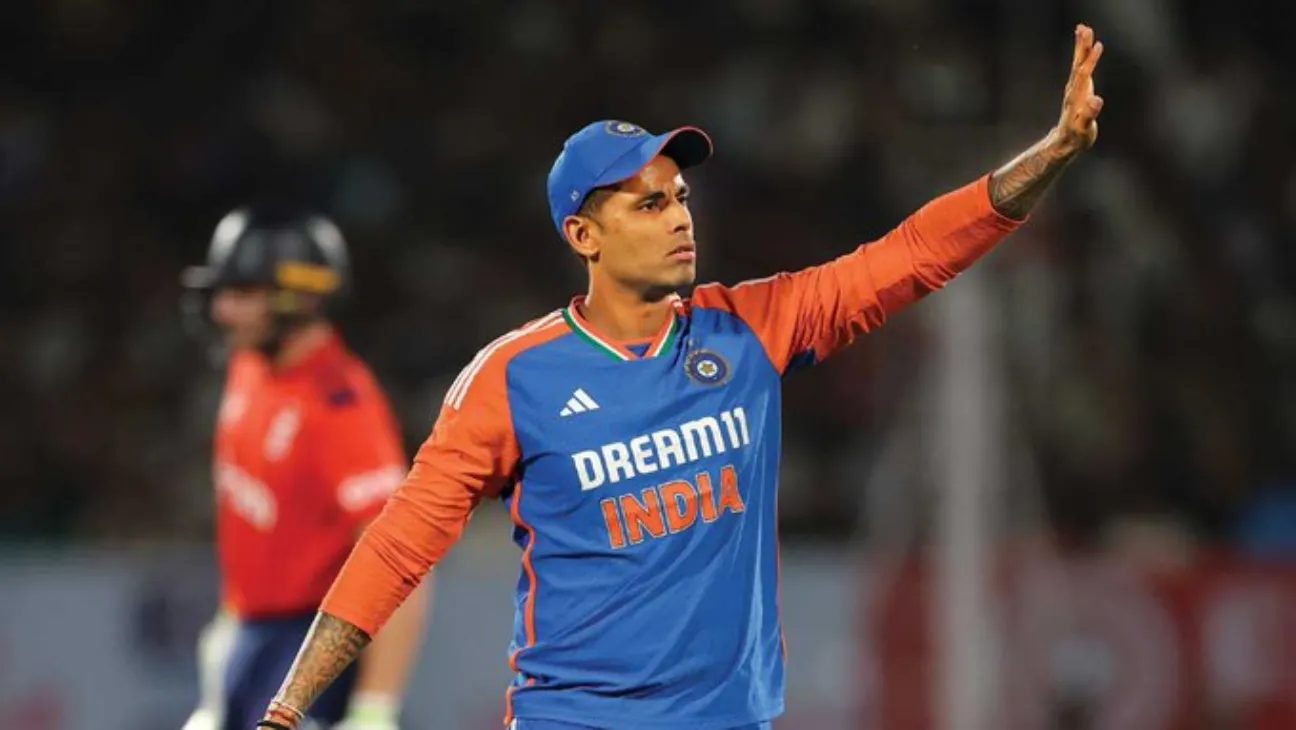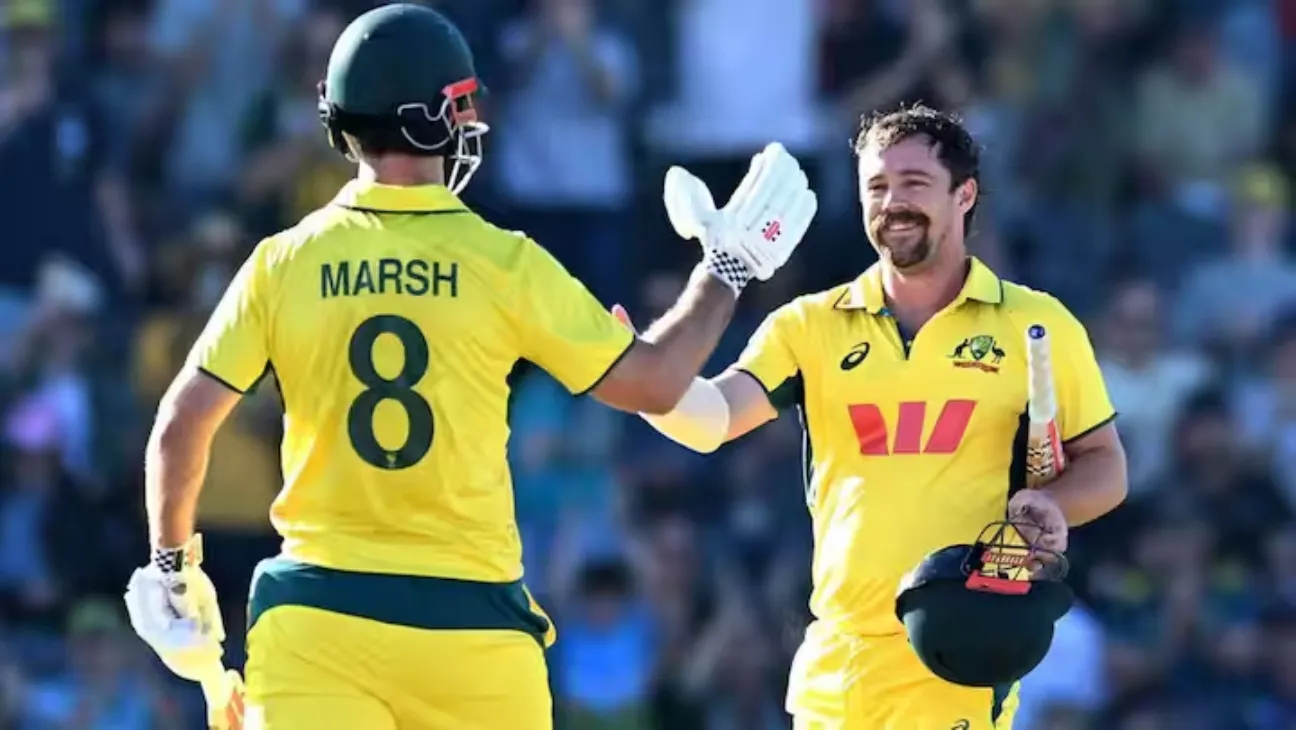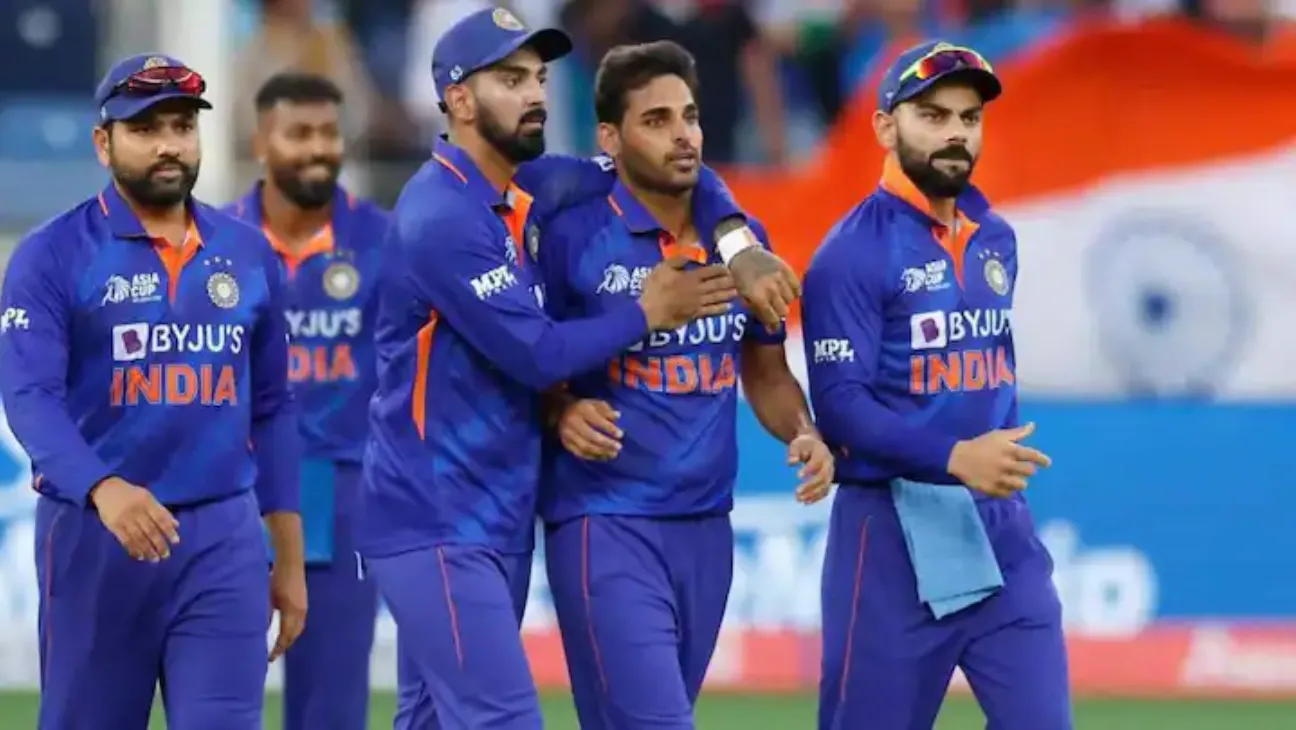When the Awami League government declared July 29 a national day of mourning after the crackdown on quota reform protests, many activists weren’t convinced. Rather than take part, they chose their own way to grieve.
They went red.
Within hours, Facebook timelines across the country were flooded with profile photos turned entirely crimson. Some added red cloth over their eyes or faces. It was simple, silent and impossible to ignore.
The idea came from Dhaka University student leader SM Farhad. He recalled how, in the midst of confusion and mourning, fellow organizer Abu Sadik Kayem reached out and asked, “What can we do now?”
Farhad’s answer was straightforward. “They are going with black. Let’s go with red.”
From Idea to Execution
They drafted a press release that night. It circulated among protest coordinators, who then formally launched the campaign.
What followed surprised even its creators.
“The next day, I saw people from all walks of life using red,” Farhad said. “Even Dr. Yunus and Khaleda Zia’s pages turned red.”
To Farhad, red symbolized more than defiance. “Black was theirs. We chose red—the color of blood,” he said. “It was a way to protest the killings.”
For many protesters, it wasn’t just about symbolism. It was a safer form of resistance. Farhad explained that with arrests and lawsuits piling up from street demonstrations, organizers needed to pivot.
“We had to shift. Before going for a hard program again, we wanted to test a soft one,” he said. “If people responded, we’d know the movement still had energy.”
The Turning Point
That response came fast. As red images spread across social media, organizers felt emboldened.
Farhad described it as a turning point. “The success of the red profile campaign gave us the momentum. After that, we went back to the streets.”
He said the online effort wasn’t a substitute for street protests — just a way to support them. It helped those who couldn’t show up still feel involved.
The movement gained structure quickly. Farhad, already active in organizing blockades and campus-based programs, helped lead a week-long series of events that blended digital and physical resistance.
A Different Kind of Protest
What made the campaign so effective?
Maybe it was the simplicity. A red profile picture didn’t need an explanation. People scrolling through social media saw it immediately.
Or perhaps it was the timing. The country was reeling from clashes, and many didn’t know how to respond.
The red profile became a shared signal. A way to grieve, resist and organize—all at once.
The story of the red profile campaign shows how digital spaces can amplify resistance, especially when physical protests are met with force.
And while the original movement has evolved, the image of a red profile photo remains. A reminder of one moment, one choice, and one campaign that briefly turned a nation’s attention online.

